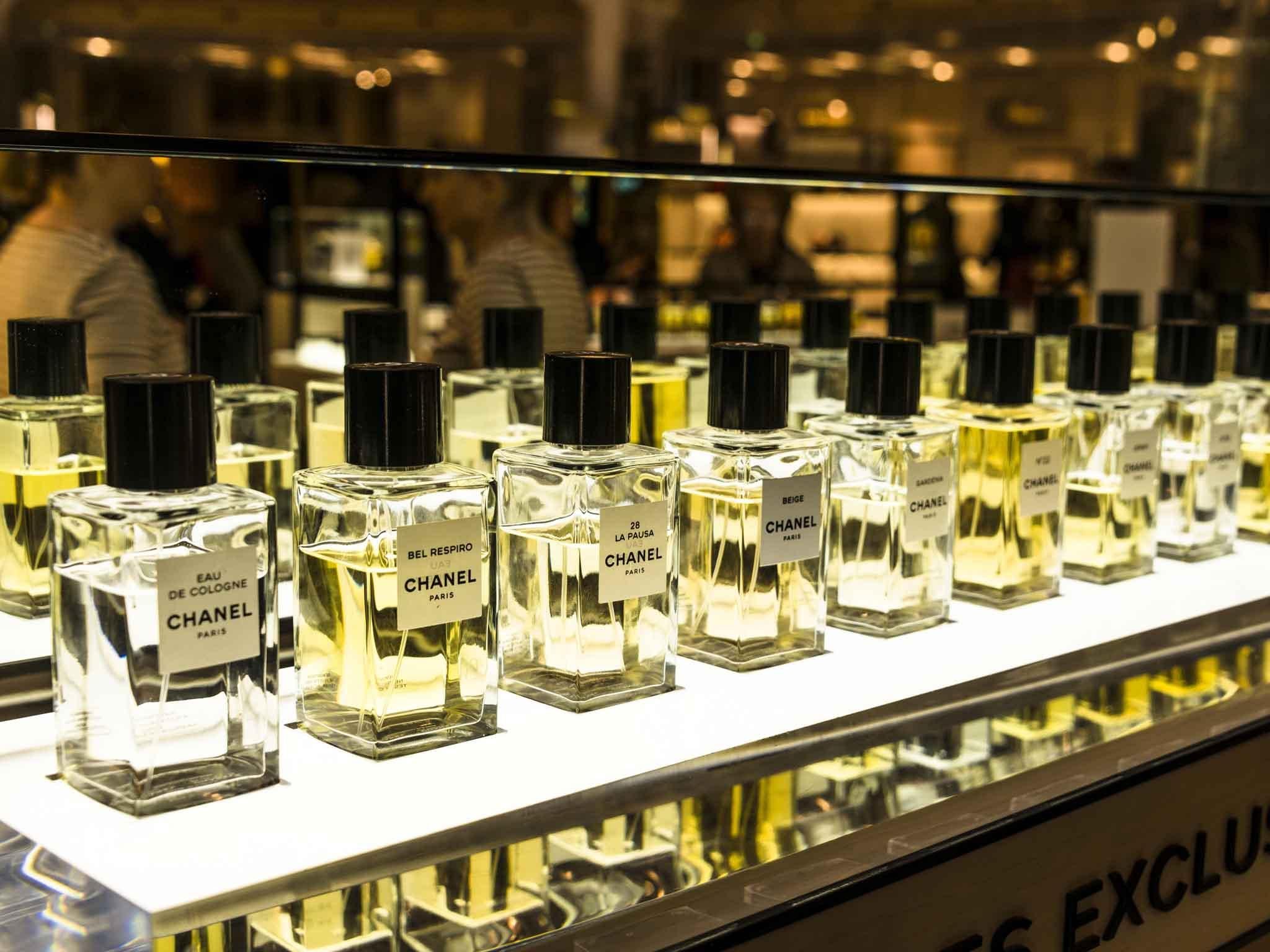Boy meets girl: The rise of unisex fragrances
A phenomenon that started in the 1990s, gender-neutral fragrances are proving to have widespread appeal. Sarah Young explores the beauty industries fascination with going both ways

Your support helps us to tell the story
From reproductive rights to climate change to Big Tech, The Independent is on the ground when the story is developing. Whether it's investigating the financials of Elon Musk's pro-Trump PAC or producing our latest documentary, 'The A Word', which shines a light on the American women fighting for reproductive rights, we know how important it is to parse out the facts from the messaging.
At such a critical moment in US history, we need reporters on the ground. Your donation allows us to keep sending journalists to speak to both sides of the story.
The Independent is trusted by Americans across the entire political spectrum. And unlike many other quality news outlets, we choose not to lock Americans out of our reporting and analysis with paywalls. We believe quality journalism should be available to everyone, paid for by those who can afford it.
Your support makes all the difference.Across beauty departments worldwide gender binaries are very much alive and well, particularly when it comes to separate men’s and women’s fragrances. We’ve been taught that a pudding-like mix of soft vanilla, delicate florals, carnal musk and fruit are intrinsically feminine while for men, spice, smoke and creamy wood are a big brand’s go-to formula for mass appeal. But is there any truth behind this gender stereotype in a bottle or is it time to stop getting caught up in all this his and hers business?
The truth is there is no defining characteristic that makes a scent masculine or feminine; in fact the whole idea is ultimately cultural rather than innate. Consequently, a driving force for a more open society has led to a rise in androgynous fashion, the shifting of gender roles in the home and an understanding that fragrance shouldn’t be defined by sex. While the associations of gender specific scents are entrenched, the unisex or made-to-share fragrance offers a little from each column; an aromatic grey area and a host of endless parfum possibilities.
In the 1990s Calvin Klein and Comme des Garcons pioneered fragrances that appeal to both men and women and while this undoubtedly earned them a cult following nowadays bigger, more luxurious brands are catching on including the likes of Tom Ford and Chanel. From its launch in 2006, Escentric Molecules has quickly become a phenomenon, priding itself on disregarding gender boundaries and treating scent as a more personal matter; after all, a great fragrance is just that, a great fragrance.
This new batch of fragrances offers a more assertive take on borrowing from the boys but there’s definitely still a way to go. While consumers are more open to the idea of sharing their scent it seems it’s easier for brands to create a fragrance that is more conventionally masculine than feminine with musky whiffs offsetting less conventionally feminine smells like florals. Formulating notes in a way that appeals to both sexes stirs something far more captivating and endowing about a person offering a curious alternative while challenging clichés; it’s no wonder they’re growing in popularity.
Join our commenting forum
Join thought-provoking conversations, follow other Independent readers and see their replies
Comments